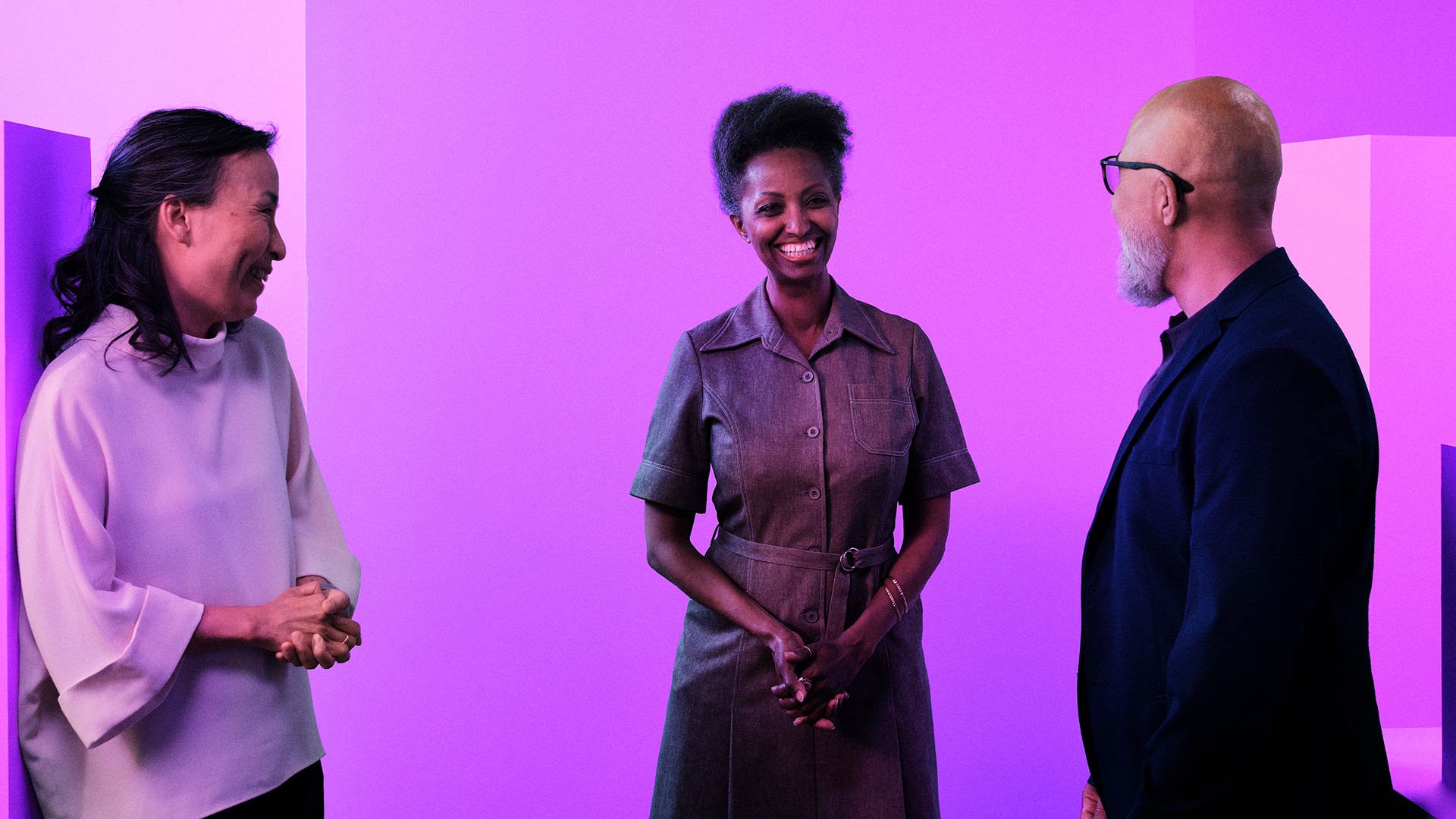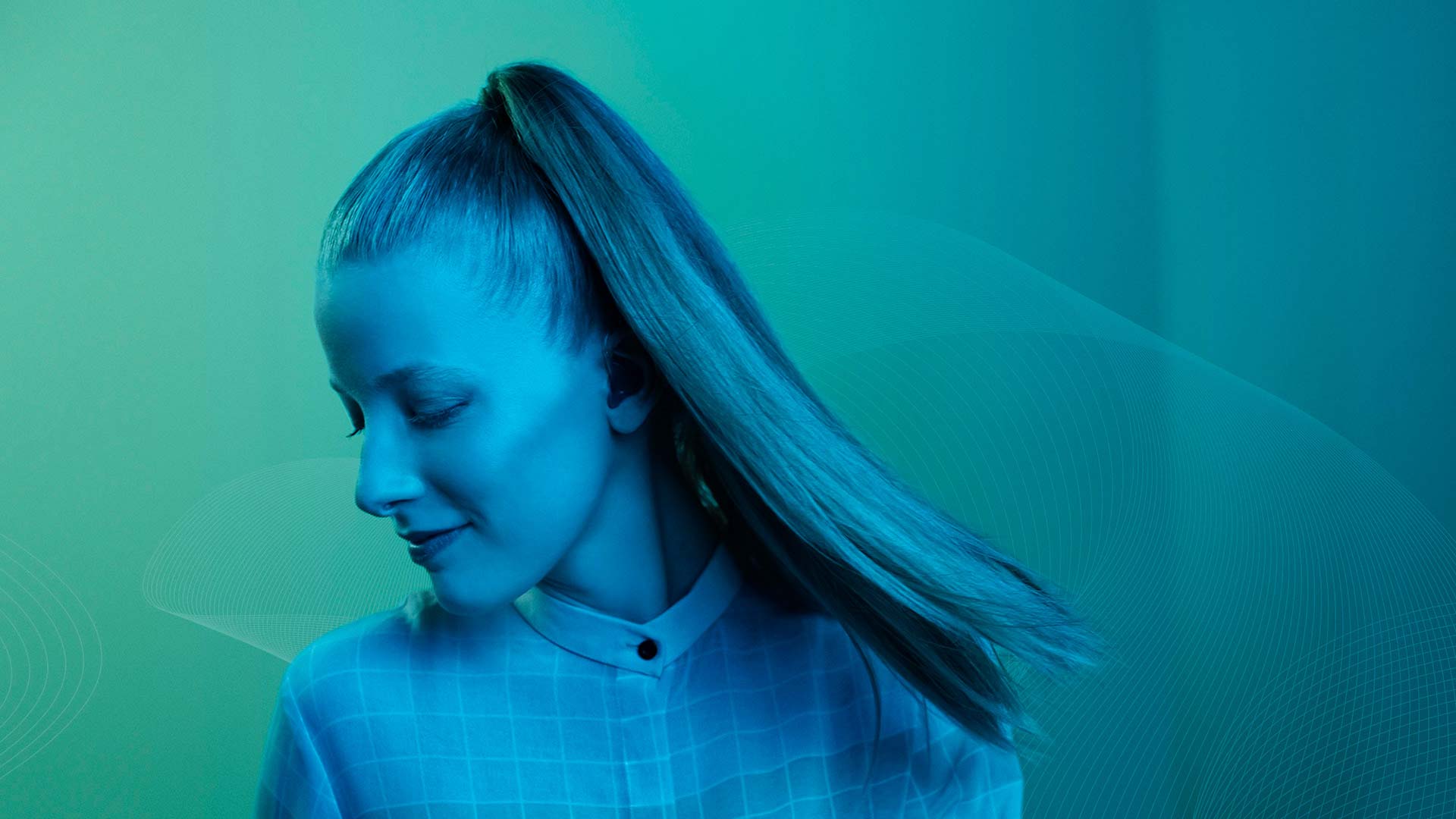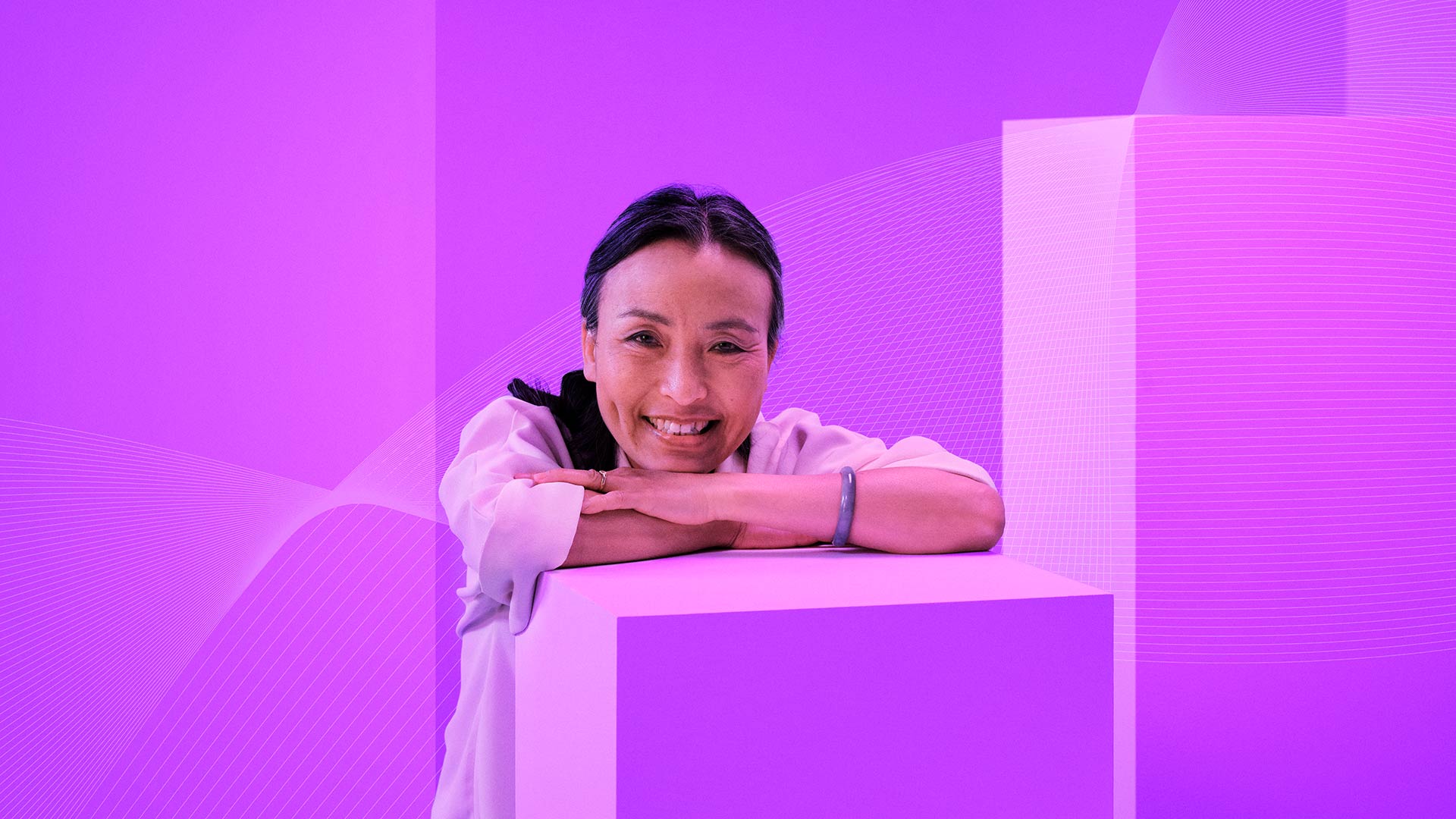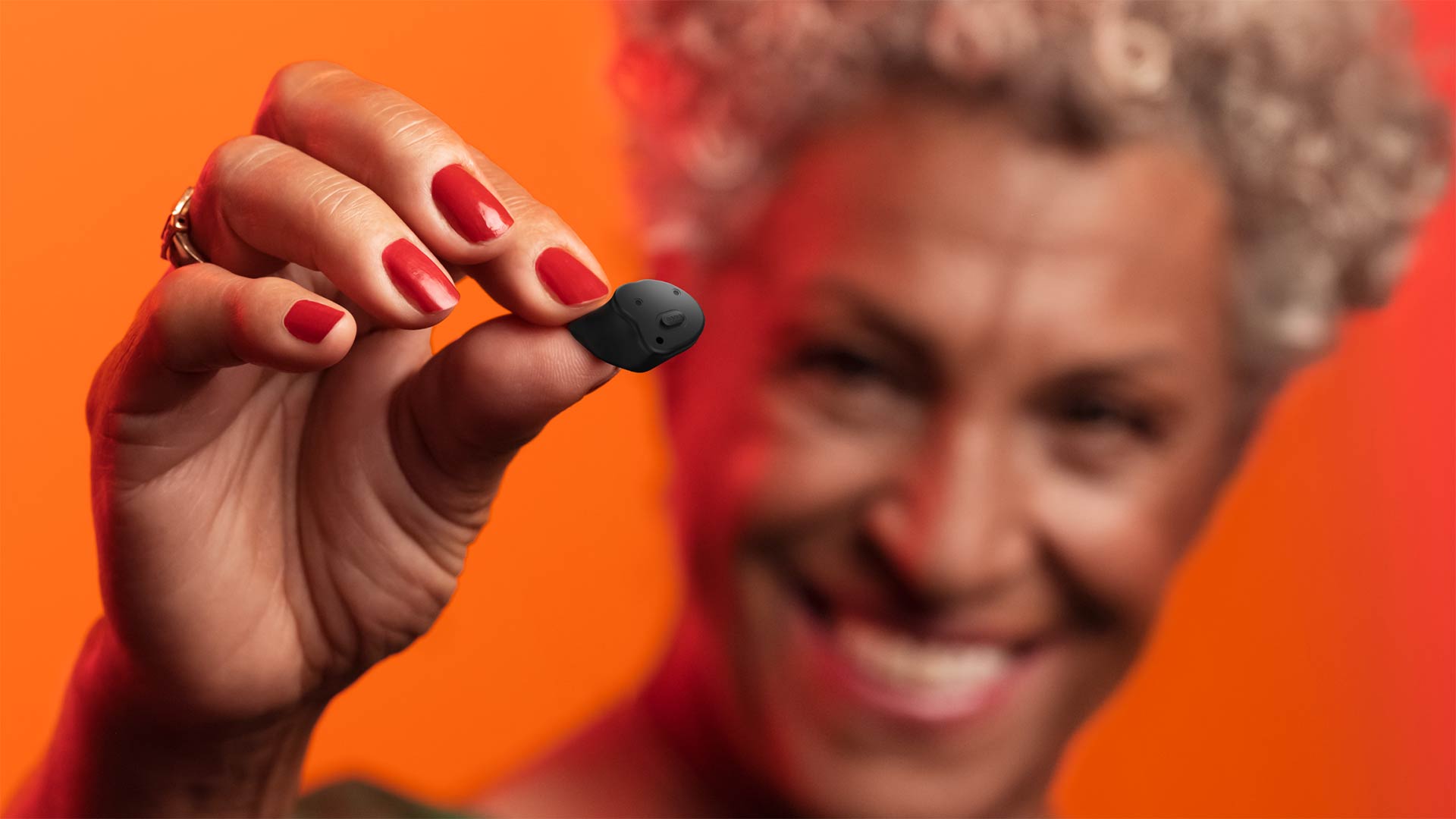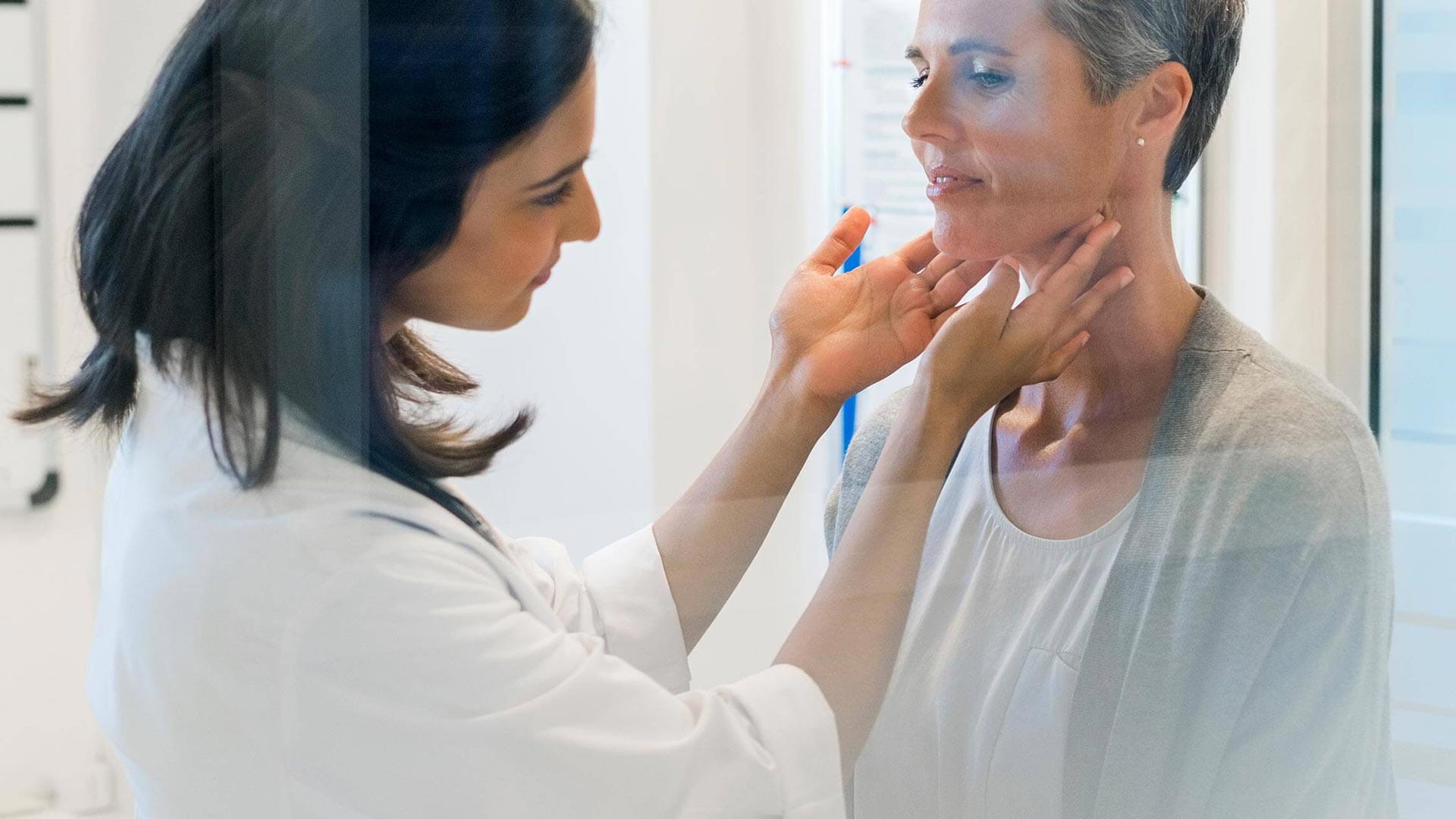The power of great hearing
Your hearing is a vital sense that connects you with the world. It lets you have conversations, follow along with a speech, and be aware of potential dangers. It also brings so much joy to your life - think of all the beautiful music and sounds that bring you happiness.
Hearing loss can make it harder to hear the things you love. That's why it's important to take care of your hearing. Read on to learn more about how your hearing works and how you can ensure that you hear all the sounds you love.

